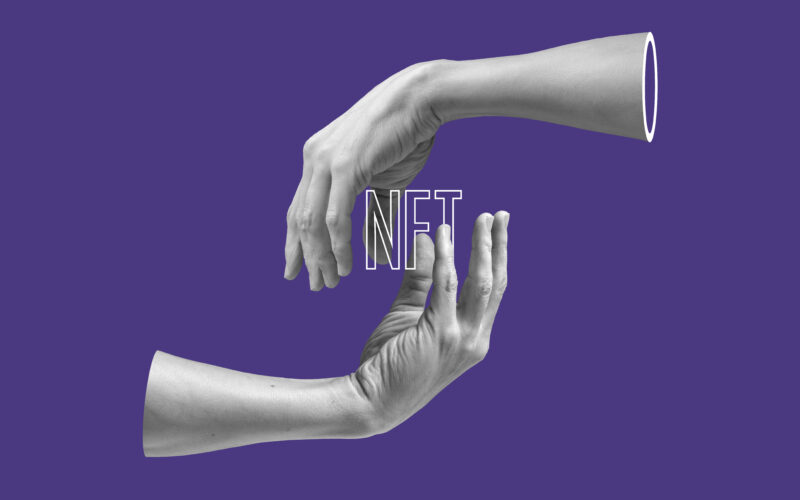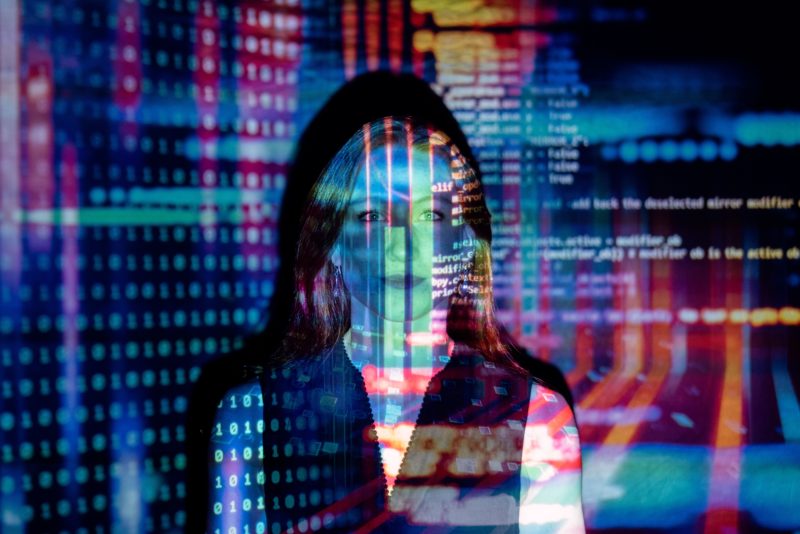This year, we are increasingly seeing how real world IP rights can be protected and enforced in the ever-expanding virtual world. Case law, especially in the United States, is developing how digital assets are bound by real-life intellectual property law. In particular, we have kept an eye on two cases of trademark infringement involving the sale of non-fungible tokens (NFTs): Hermès v Rothschild and Yuga Labs v Ryder Ripps.
Continue readingArt, Technology & the Law : NFTs and Trademark Infringement – Real-World IP Rights in the Virtual Space?




